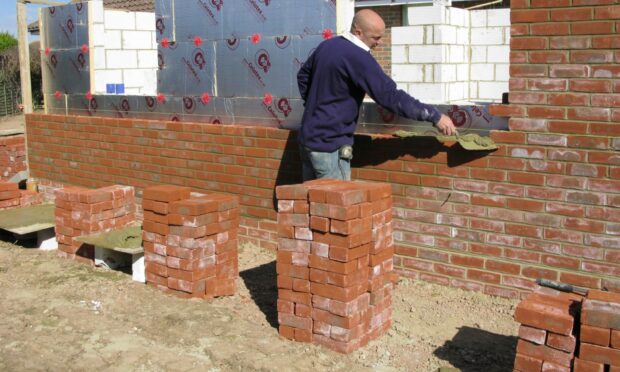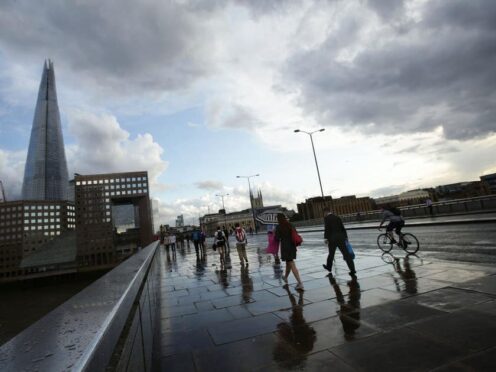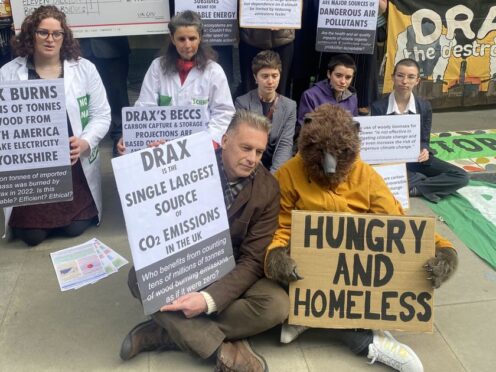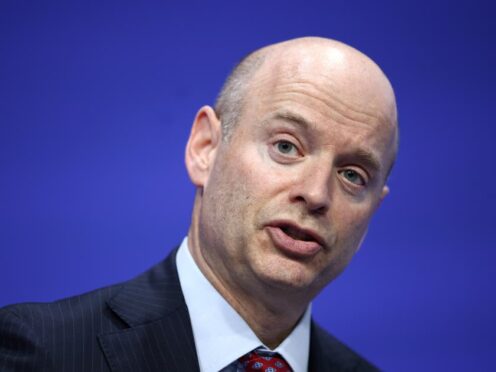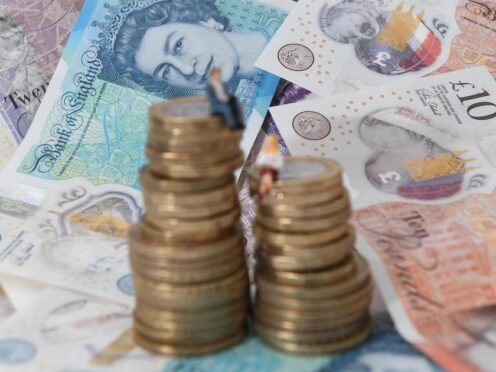Rises in construction costs have soared back to a six-month high with one north-east builder predicting a “hard year ahead” – for businesses and their customers.
Construction businesses around the country had seen a nearly year-low in the costs they were facing in February.
But last month things looked very different with prices rocketing again.
Hard year ahead
Steven Thomson’s family business Deeside Construction Banchory, was founded more than 40 years ago.
Mr Thomson, who currently employs four people at his firm, wasn’t surprised by the survey findings.
He said: “Everyone is having to extra money for everything nowadays.
“Material costs are rising.
I think it’ll be a hard year ahead.”
Steven Thomson, owner of Deeside Construction Banchory
“There is increases every month and I’m expecting more in the summertime.
“The price of steel you are only guaranteed for one week and even your concrete products have went up.
“It all has a knock-on effect. When you are pricing a job you are covering yourself saying there could be price increases for the raw materials.
“Everyone is doing it.
“I think it’ll be a hard year ahead.”
Fastest rise in six months
The S&P Global/Chartered Institute of Purchasing and Supply (CIPS) construction purchasing managers index for March showed despite increased costs for materials and staff, the survey showed that activity is still rising in the construction industry.
Tim Moore, economics director at S&P Global, said: “Escalating fuel, energy and commodity prices led to the fastest rise in costs for six months. Intense inflationary pressures appear to have unnerved some construction companies.”

The index is a good estimate to measure whether the sector is growing and what sentiment is like. A score above 50 represents growth.
In March the sector was given a score of 59.1, unchanged from February. Anything above 50 is deemed to represent growth.
But while the headline score was the same, the data showed many changes, including the rising costs and a drop in business confidence.
Dip in confidence
Like their colleagues in other sectors, construction bosses are worried about the war in Ukraine, spiralling costs and a worse outlook for the global economy.
The sentiment was the worst for around a year and a half, researchers found.
Mr Moore added: “Business optimism slipped to its lowest since October 2020 on concerns that clients will cut back spending in response to rising prices and heightened economic uncertainty.”
CIPS group director Duncan Brock said: “A heartening result in March overall where new order levels were the highest since August last year, but not all the sub-sectors offered an equal contribution to output this month.
“Commercial projects were the most abundant, with the strongest rise in almost a year, but residential building became the laggard of the pack as affordability concerns were a factor in holding back progress, particularly in new housing and refurbishment work.
“The crippling rise in inflation ramped up again as transport and raw materials went up in price.
“Longer wait times for deliveries were reported by a third of supply chain managers.”
